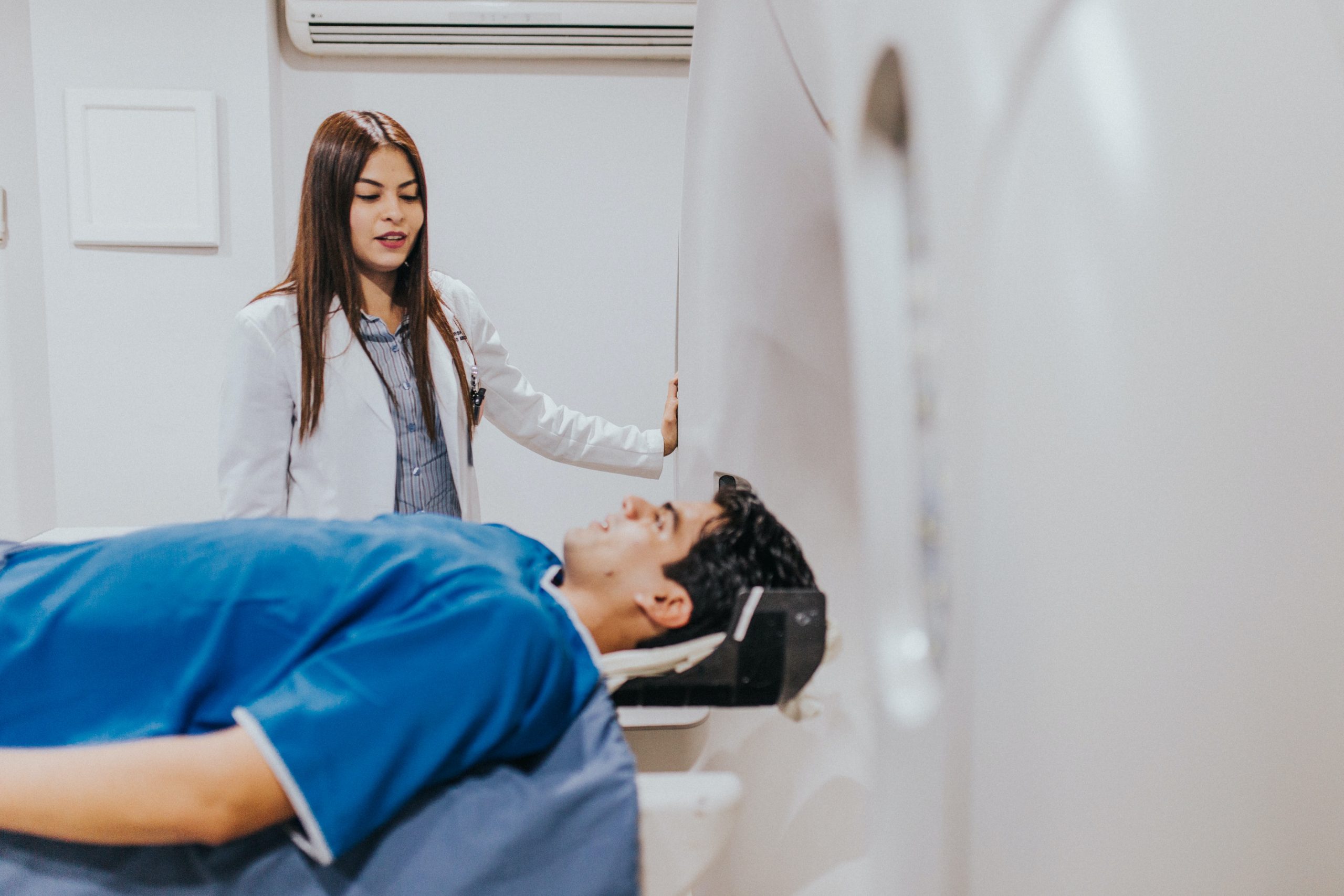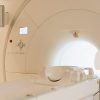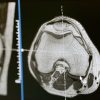$0.00
Navigating Health Risks: Understanding the Potential Risks of a CT Scan
Computed Tomography (CT) scans have revolutionized the field of medical imaging, offering valuable insights into the human body. These scans are invaluable tools for diagnosis and treatment, but like any medical procedure, they come with associated risks. It’s essential to understand these risks and benefits to make informed decisions about your healthcare. In this article, we explore the potential health risks associated with getting a CT scan.
1. Radiation Exposure:
CT scans involve the use of ionizing radiation, which can be harmful in high doses. The primary risk associated with CT scans is the exposure to this radiation. Although the radiation levels are relatively low, they can accumulate over time with repeated scans or multiple imaging procedures.
Benefits vs. Risks: It’s essential to weigh the benefits of the CT scan against the potential risks of radiation exposure. In many cases, the diagnostic value of the scan far outweighs the minimal radiation risk. The decision to undergo a CT scan should be made in consultation with your healthcare provider, taking into account your medical condition and the necessity of the procedure.
2. Allergic Reactions:
In some cases, contrast agents, which are substances used to enhance the visibility of certain tissues or structures during a CT scan, can cause allergic reactions. While allergic reactions are relatively rare, they can range from mild skin rashes to more severe symptoms, such as difficulty breathing or anaphylaxis.
Precautions: Your healthcare provider will assess your medical history and any known allergies before administering contrast agents. If you’ve had a previous reaction to a contrast agent, inform your provider to discuss alternative imaging options or preventive measures.
3. Risk of Overdiagnosis:
CT scans can be extremely sensitive, capable of detecting even minor abnormalities. However, this sensitivity can lead to overdiagnosis – identifying conditions or anomalies that may not be clinically significant. Overdiagnosis can lead to unnecessary treatments, interventions, and potential psychological stress for patients.
Shared Decision-Making: Patients and healthcare providers must engage in shared decision-making. This means discussing the potential risks and benefits of a CT scan, as well as the possible consequences of detecting minor abnormalities.
4. Contrast-Induced Nephropathy (CIN):
In some cases, contrast agents used in CT scans can affect kidney function, leading to a condition known as contrast-induced nephropathy (CIN). Individuals with pre-existing kidney conditions or those who receive large doses of contrast agents may be at a higher risk for CIN.
Preventive Measures: Your healthcare provider will consider your kidney function before administering contrast agents. Adequate hydration before and after the CT scan can help reduce the risk of CIN.
5. Childhood Radiation Exposure:
Children are more susceptible to the harmful effects of radiation due to their developing bodies. Repeated CT scans, especially in pediatric patients, can potentially increase their long-term cancer risk.
Justification and Minimization: Pediatric CT scans should be justified based on medical necessity, and efforts should be made to minimize radiation exposure while maintaining diagnostic quality.
In conclusion, CT scans are valuable diagnostic tools, but they are not without potential health risks. Patients should have open discussions with their healthcare providers about the necessity of CT scans, potential alternatives, and any measures to mitigate risks. The decision to undergo a CT scan should be based on a clear understanding of the benefits and potential risks, ensuring that the medical intervention aligns with the patient’s overall health and well-being.
Recent Posts
Recent Comments
Join our newsletter
Get our emails for info on new items, sales and much more.
Register now to get latest updates on the newest parts!











